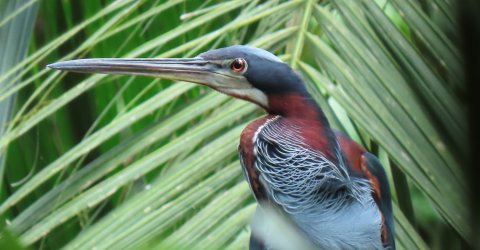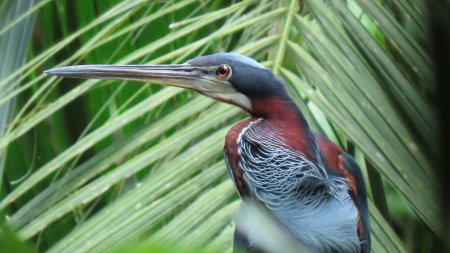
Panama designates its sixth Wetland of International Importance

Panama has named Complejo de Humedales de Matusagaratí (the Matusagaratí Wetland Complex) as its sixth Wetland of International Importance (“Ramsar Site”). Stretching over 64,750 hectares in the Darién Province in eastern Panama, the Site (Site no. 2566 on the “Ramsar List”) is the country’s largest continental wetland and one of the most extensive in Central America. Its location, where freshwater and saltwater systems converge and two biogeographic regions meet, fosters exceptional biodiversity and a great variety of ecosystems, including mangrove forests, swamps, and seasonal and permanent rivers.
The wetland provides vital habitat for the critically endangered largetooth sawfish (Pristis pristis), as well as numerous vulnerable species such as the white-lipped peccary (Tayassu pecari), the great curassow (Crax rubra), the harpy eagle (Harpia harpyja) and the American crocodile (Crocodylus acutus). It also supports populations of wild cats listed under CITES Appendix I, including the ocelot (Leopardus pardalis) and the jaguarundi (Herpailurus yagouaroundi).
The Site plays a crucial role in protecting nearby communities from flooding, as it soaks up excess water during high tides and heavy rainfall. It also serves as a key breeding and nursery area for commercially important fish species, such as the Besudo sea catfish (Cathorops tuyra), the snook (Centropomus unionensis) and the white corvina (Cynoscion albus), which provide food and income for local communities.
Adding to its ecological importance, the wetland also supports scientific research, ecotourism and cultural traditions preserved by the Emberá people and Afro-descendant communities.